Alaska's Inside Passage —
Day 3: South Arm Kelp Bay
Sunrise: 0418 Sunset: 2150 Low tide: 0408 0.0 ft. High tide: 1029 9.8 ft. Low tide: 1600 4.6 ft.
Tuesday, July 10, 2007
After a quiet night at anchor, we awake in the far reaches of the South Arm of Kelp Bay. Kelp Bay is on the northeastern corner of Baranof Island and is comprised of three long, narrow arms. The Teikweidi and Deisheetaan clans of the Angoon Tlingits canoed across Chatham Strait from their village on Admiralty Island to catch and process the abundant salmon that run in the creeks of Kelp Bay. The South Arm is very dramatic, with steep slopes and a large meadow at the head of the bay. This meadow is bordered by two small creeks and wonderful spruce – hemlock forest, and is likely to have a profusion of wildflowers.
Highlight of the Day: A Humpback up close [Flash Movie, install Flash Player here] The Humpback Whale (Megaptera novaeangliae) is a baleen whale. Adults range in length from 12–16 meters (40–50 ft) and weigh approximately 36,000 kilograms (79,000 lb). The Humpback has a distinctive body shape, with unusually long pectoral fins and a knobbly head. It is an acrobatic animal, often breaching and slapping the water. Males produce a complex whale song, which lasts for 10 to 20 minutes and is repeated for hours at a time. The purpose of the song is not yet clear, although it appears to have a role in mating. Found in oceans and seas around the world, Humpback Whales typically migrate up to 25,000 kilometers each year. Humpbacks feed only in summer, in polar waters, and migrate to tropical or sub-tropical waters to breed and give birth in the winter. During the winter, Humpbacks fast and live off their fat reserves. The species' diet consists mostly of krill and small fish. Humpbacks have a diverse repertoire of feeding methods, including the spectacular bubble net fishing technique. |
The fog lifts up.
This morning after breakfast, we explore this bay from the water. We decide to explore a little more of the shoreline by Zodiac.
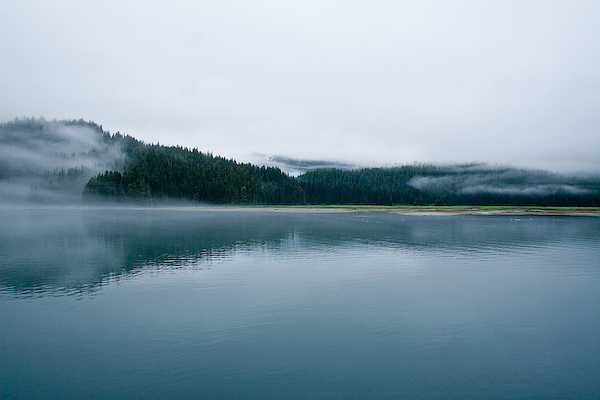
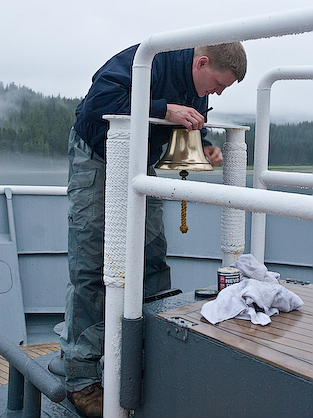
Every morning, the ship's bell is polished.
Introducing the MS Sea Lion:
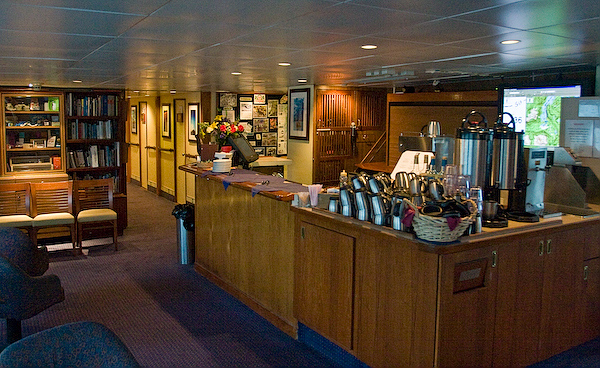
The lounge with bar
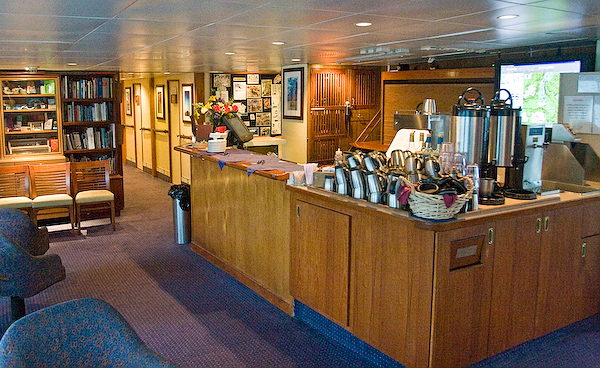
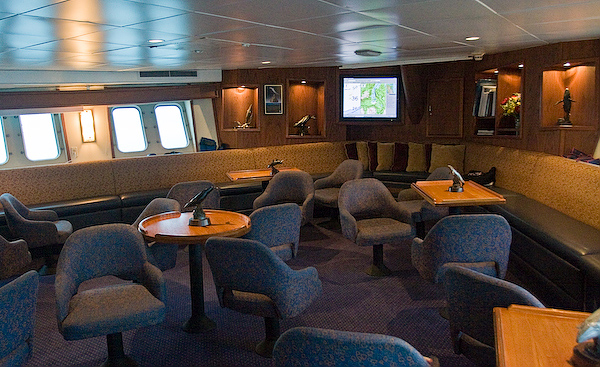
Lounge with presentation area. While getting ready for the trip, we realize that we are not alone: A humpback whale and her baby hide out in the bay from killer whales.
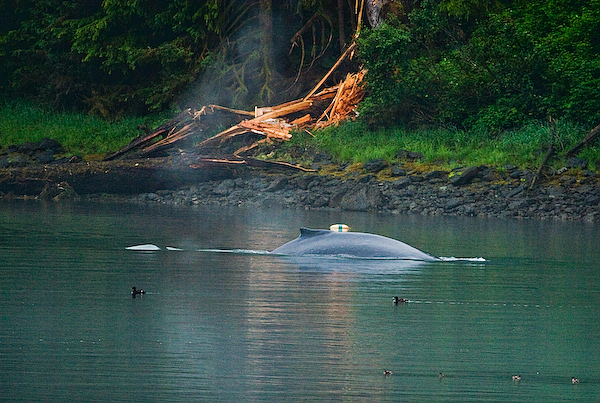
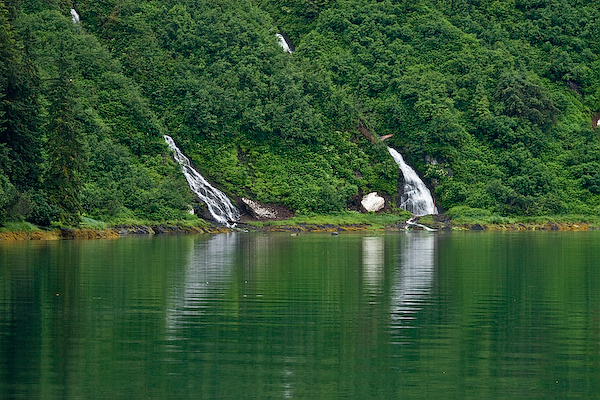
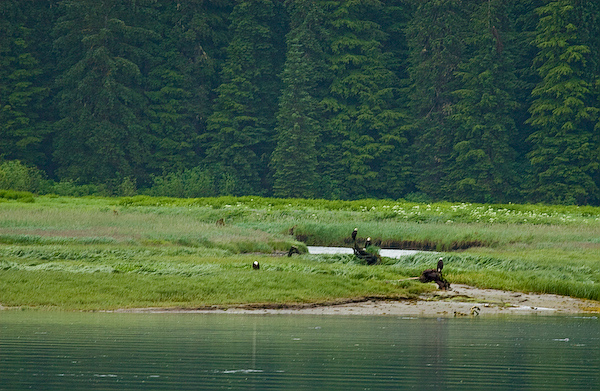
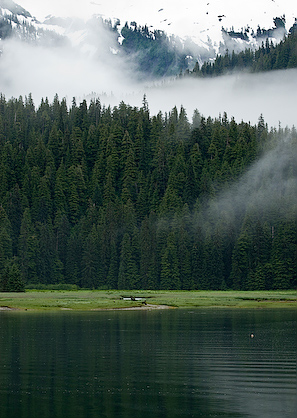
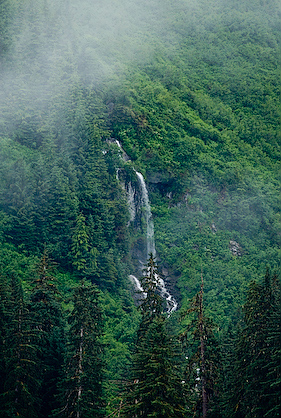
The small boats are unloaded for individual adventures:
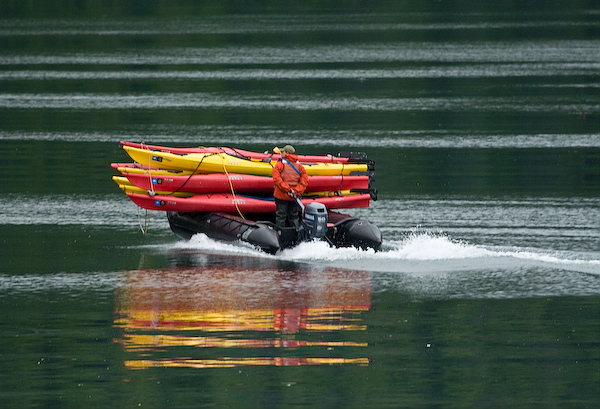
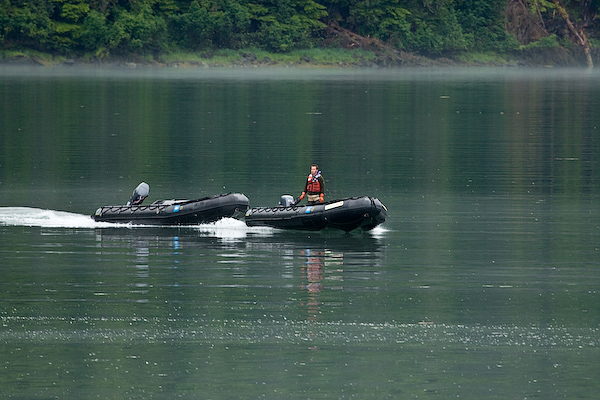
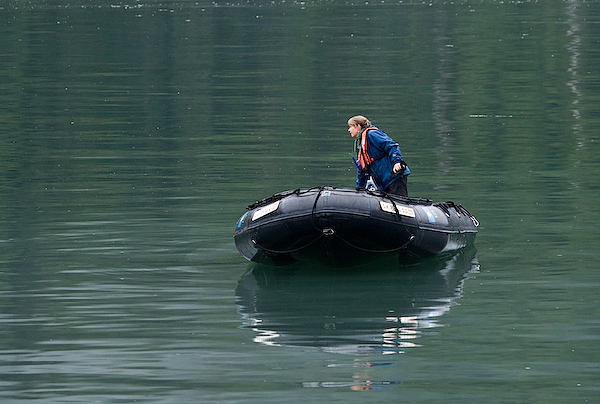
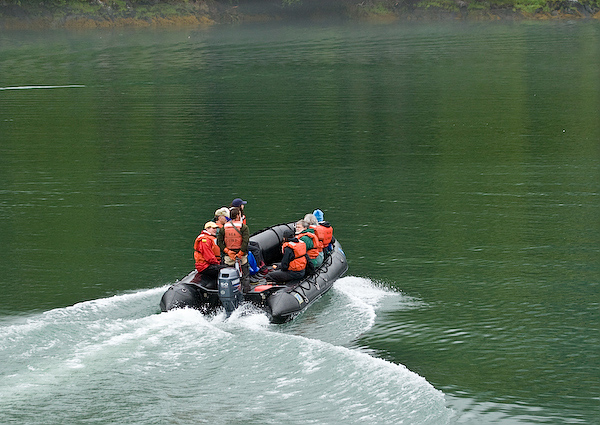
The first group with their own naturalist leaves the mother ship.
Meeting the Humpbacks up close was definitely the highlight of the day.
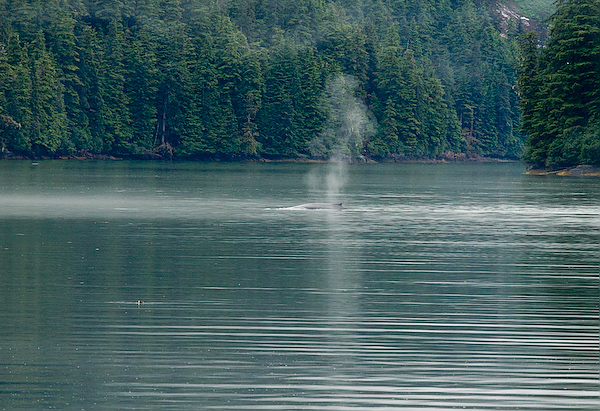
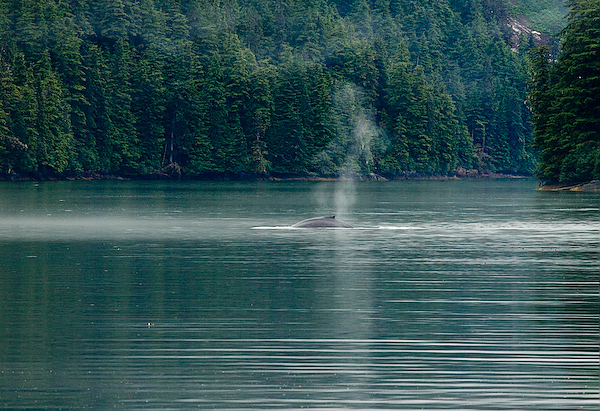
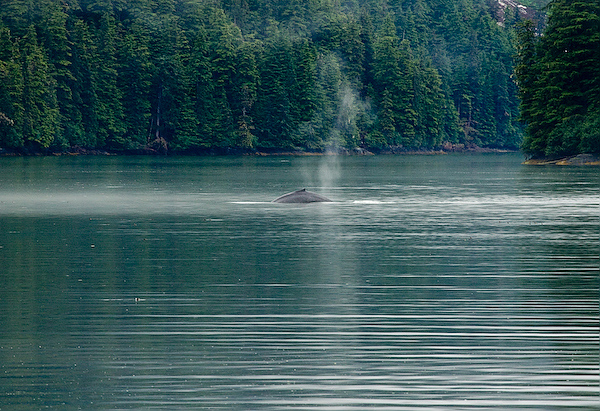
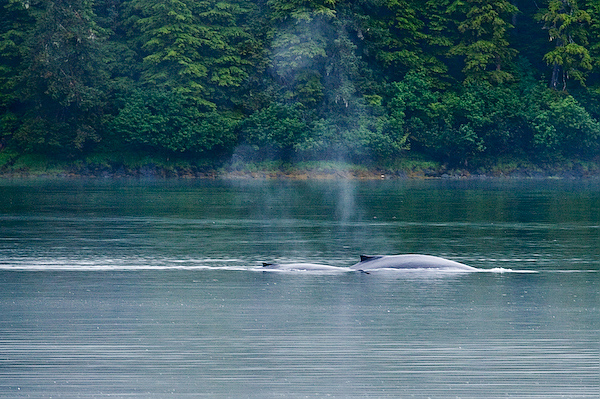
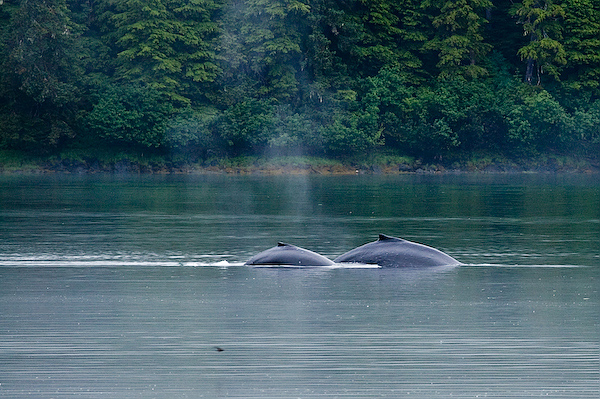
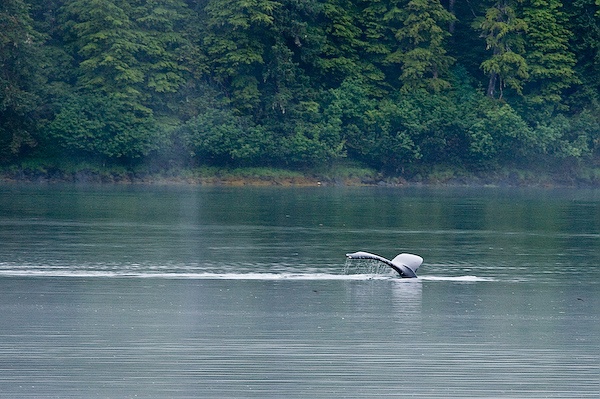
A look back at the Sea Lion: a 60 passenger expedition boat.
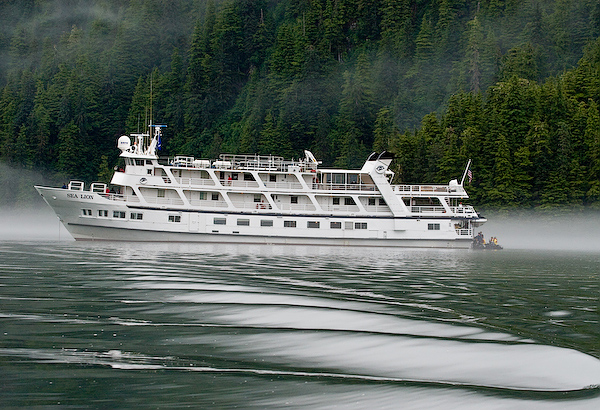
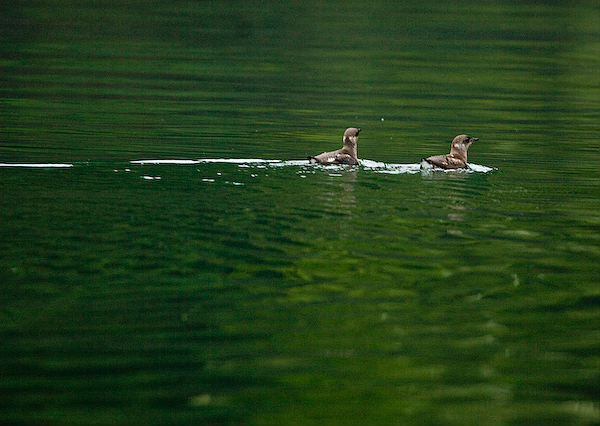
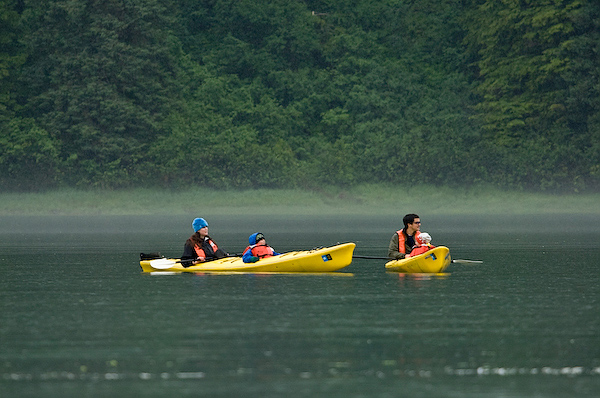
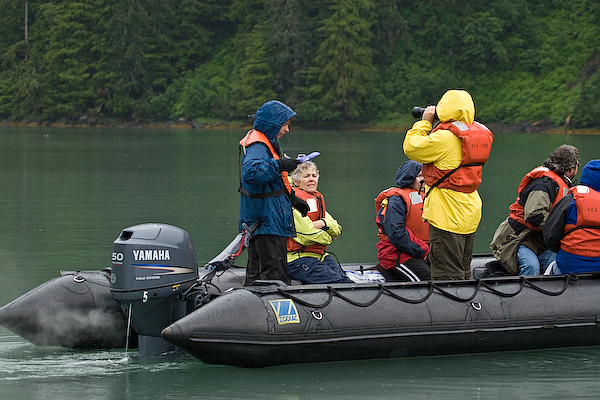
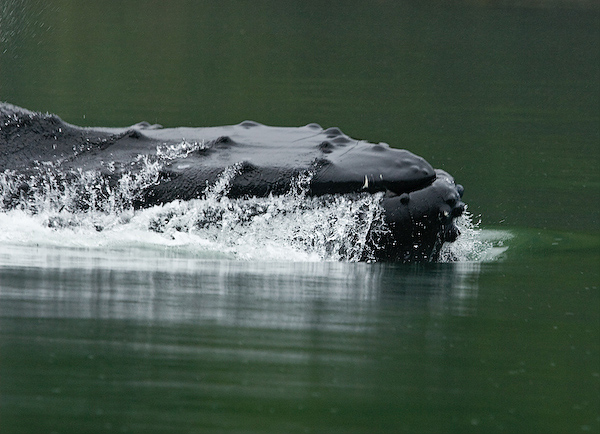

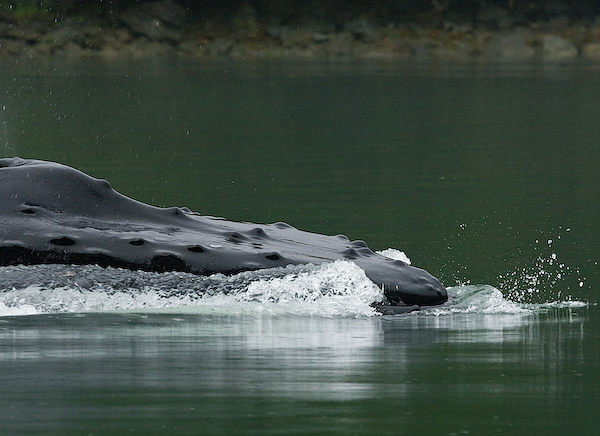
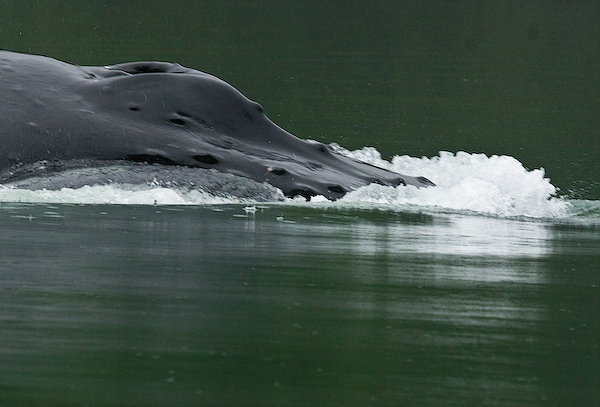
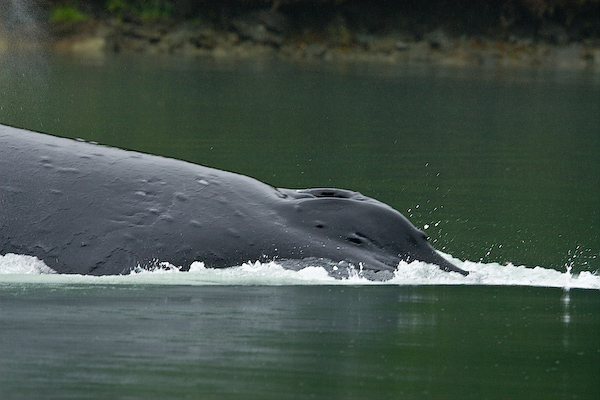
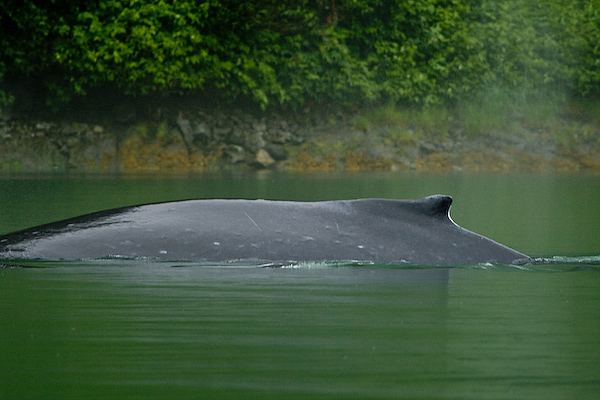
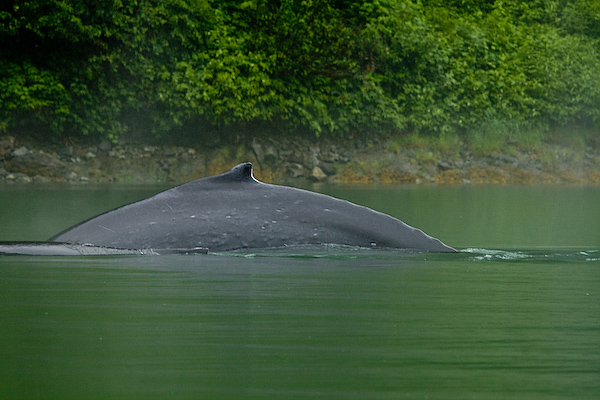
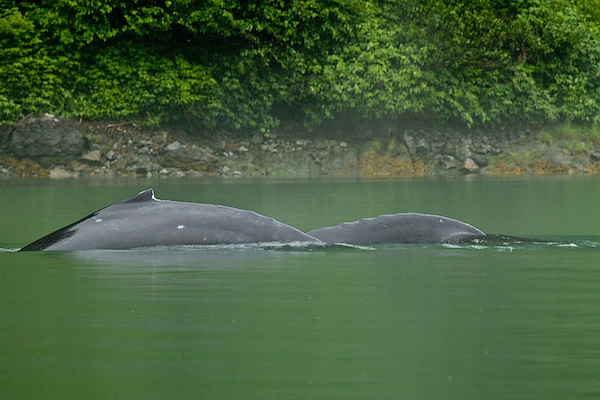
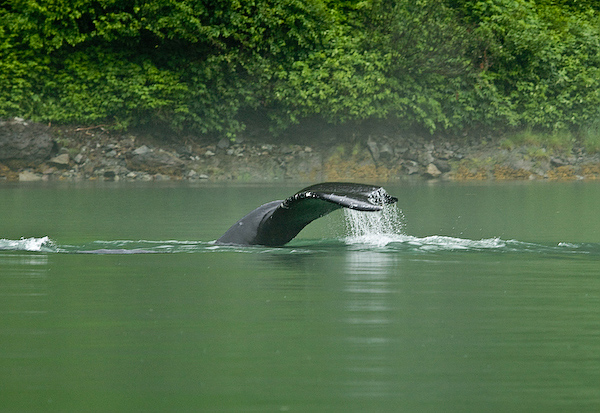
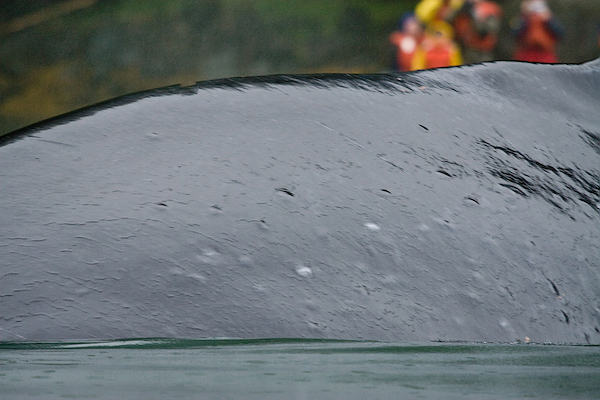
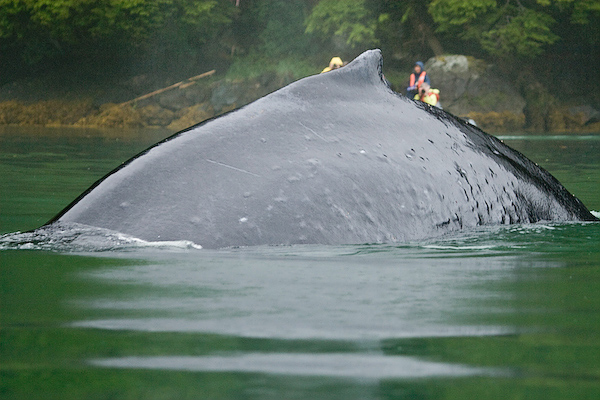
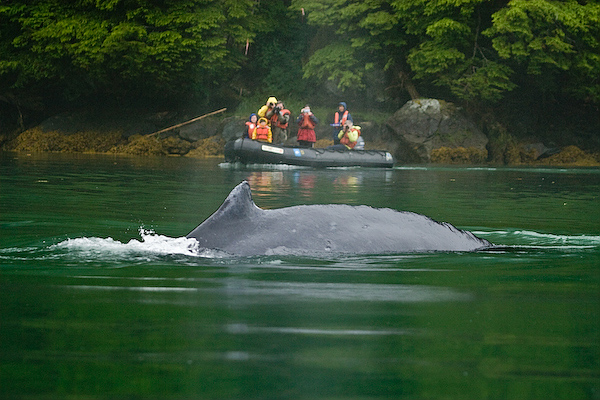
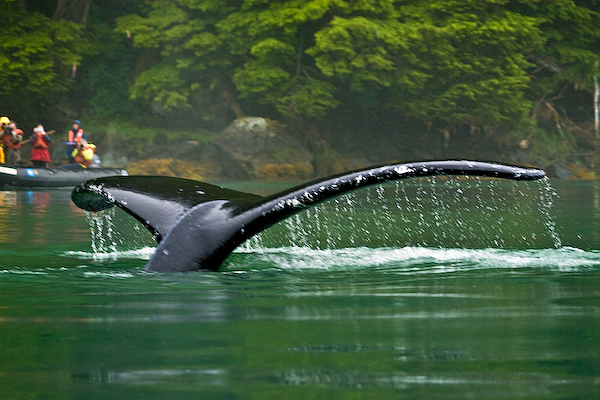
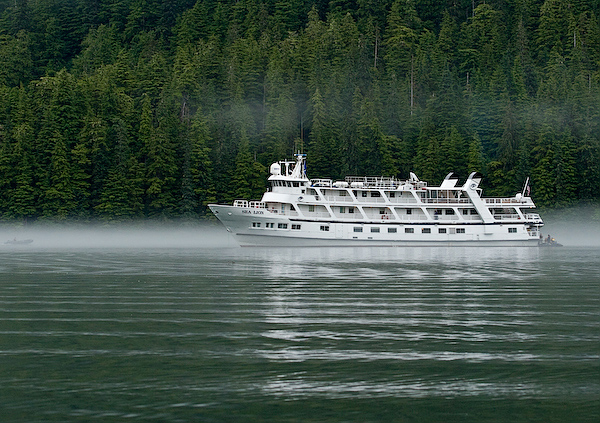
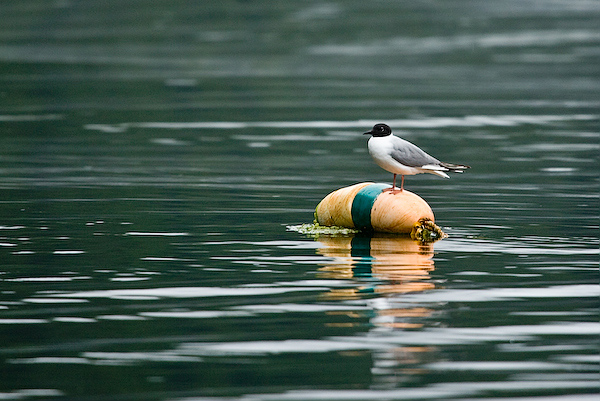
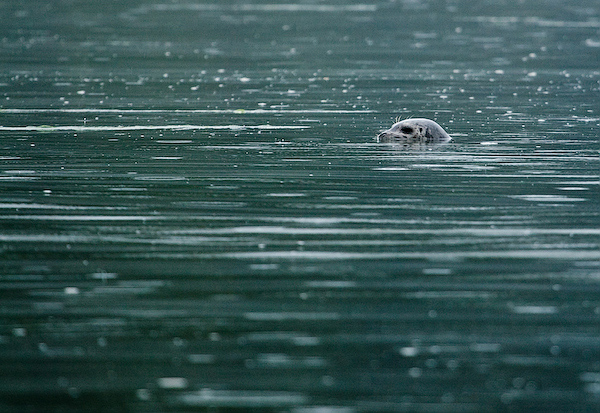
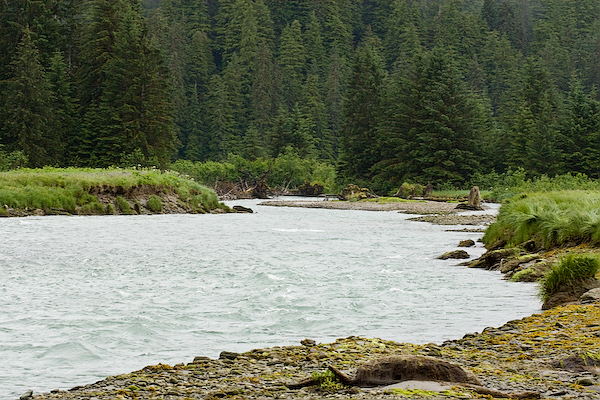
In the afternoon we went ashore to hike in small groups, each lead by a naturalist. Lindblad offers different hikes and you are free to choose: a longer, more adventurous one through the meadow and into the forest, a moderate hike that involves less bush-whacking or a leisurely meander through the meadow and along the shoreline.
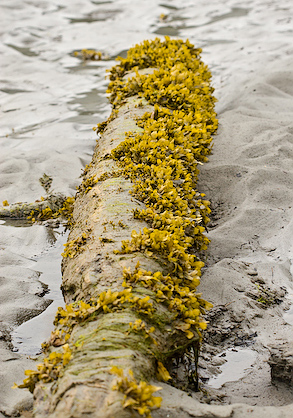
Getting ashore: A bear foot imprint in the mud.
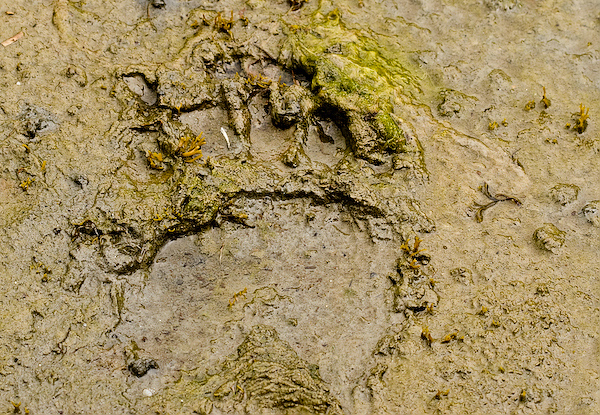
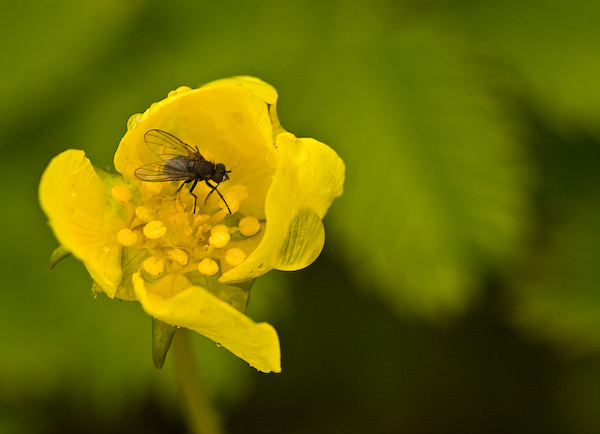
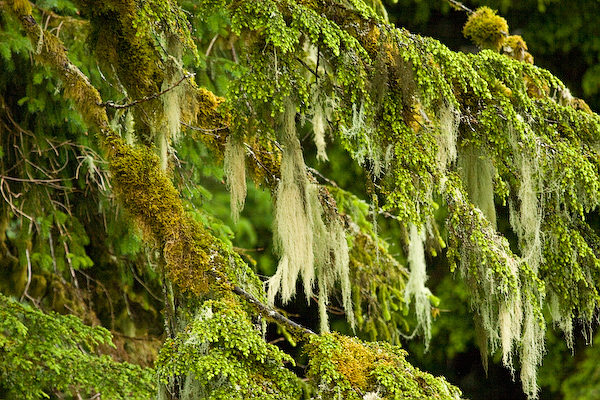
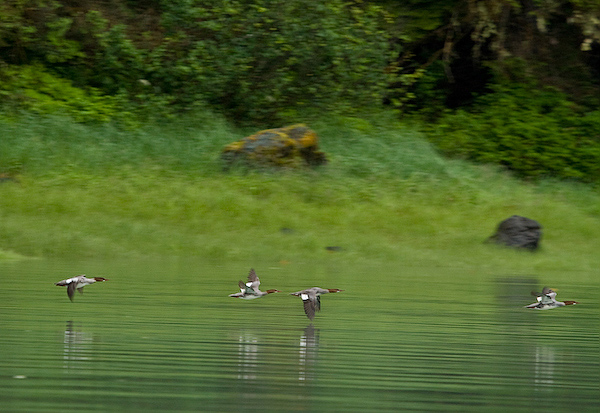
Together with our naturalist we observe colorful spring flowers.
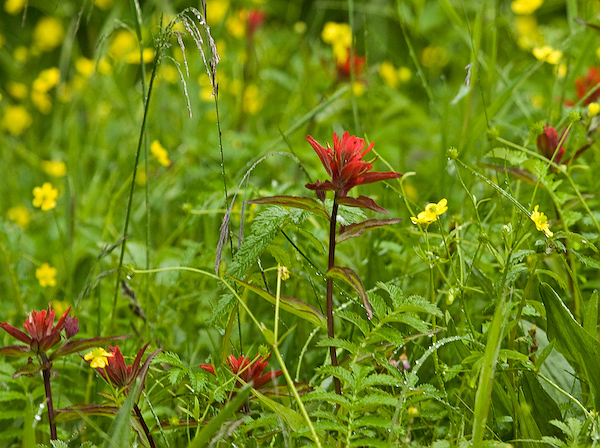
Beautiful red flower: The Indian Paintbrush
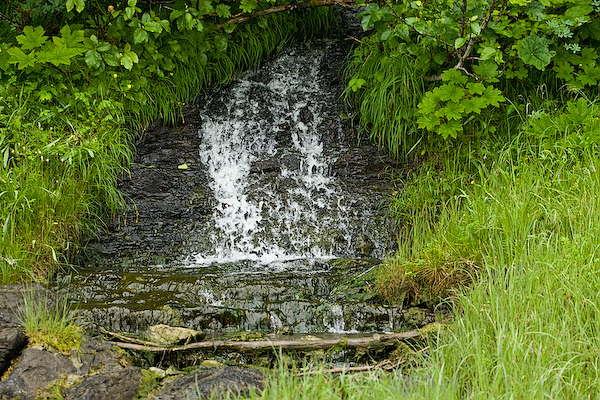
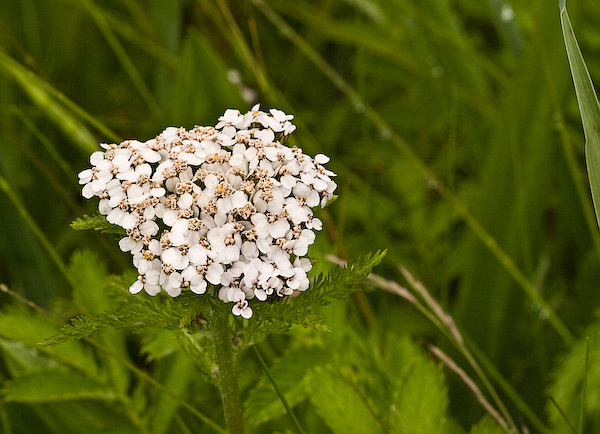
All the sudden, our leader stops: A brown bear in about 200 yards.
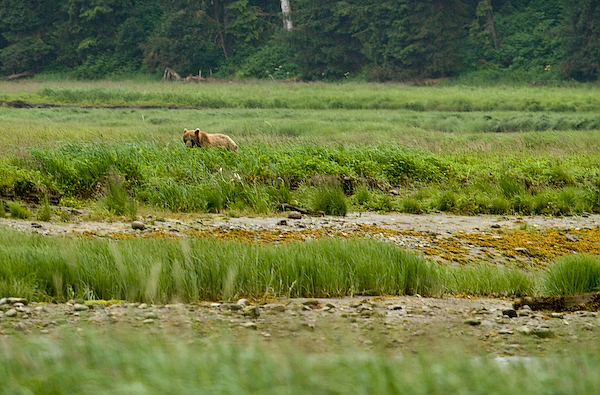
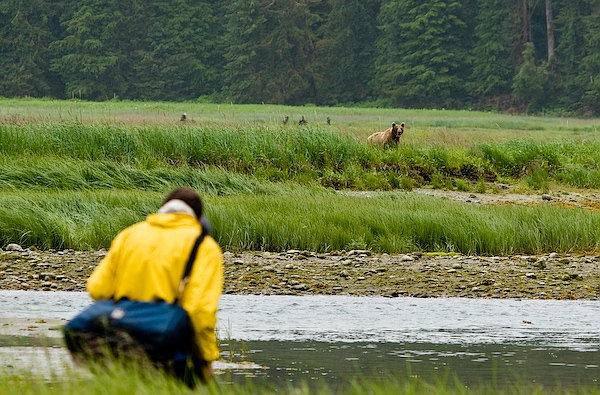
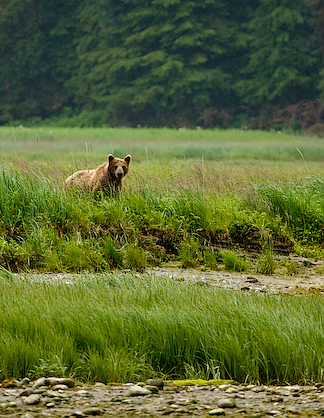
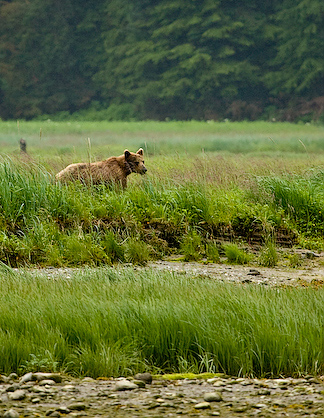
The bear doesn't seem surprised to see us and keeps wandering around.
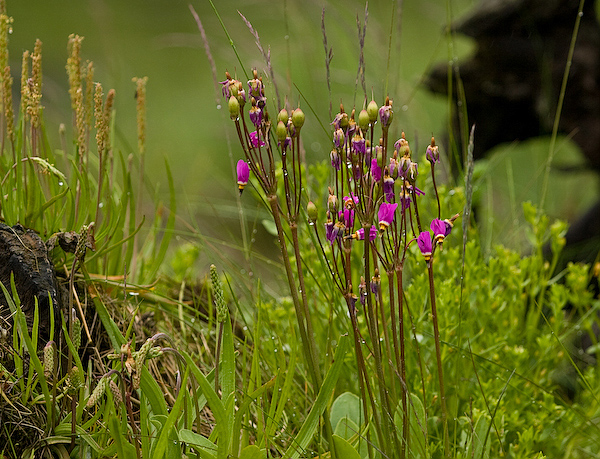
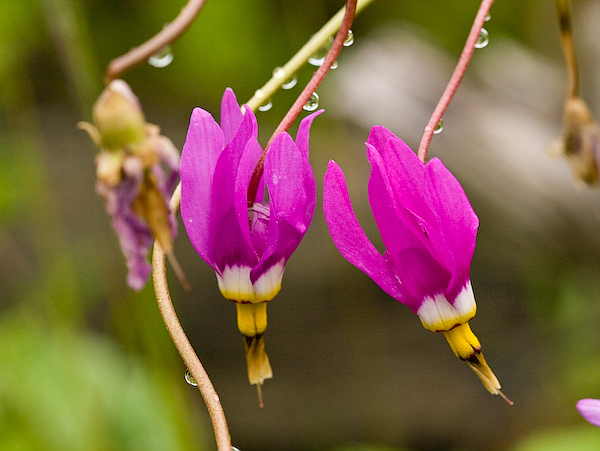
Above: The Shooting Star
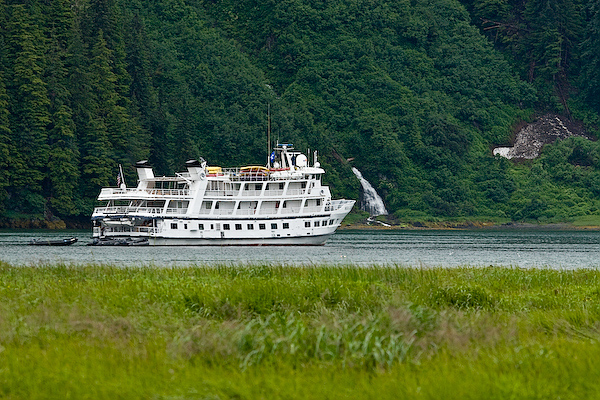
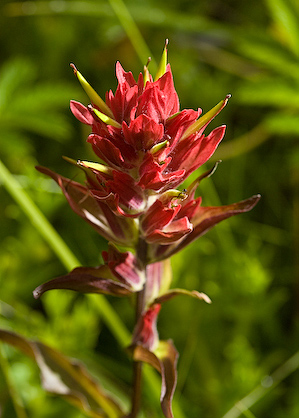 The Indian Paintbrush
The Indian Paintbrush
We are quiet surprised to learn, that only the small yellowish-greenish pieces are actually the flower. The red leaves are just there to attract. Attract who? The hummingbirds! Yes, there are hummingbirds in Alaska, and you can hear them humming!
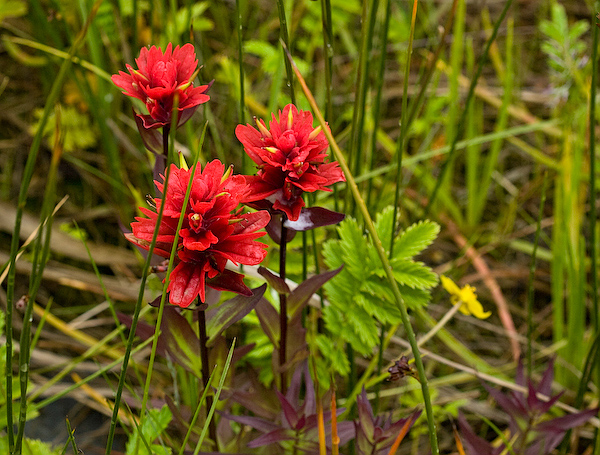
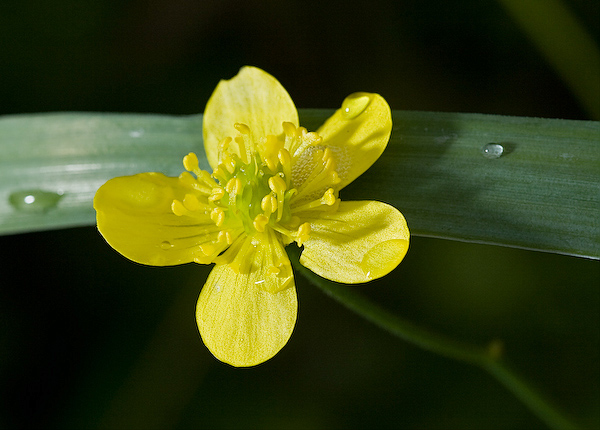
Buttercup
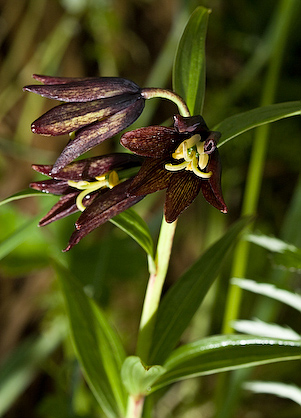
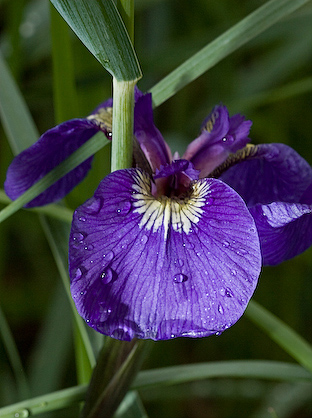
Left: Chocolate Lilly, right: Wild Iris
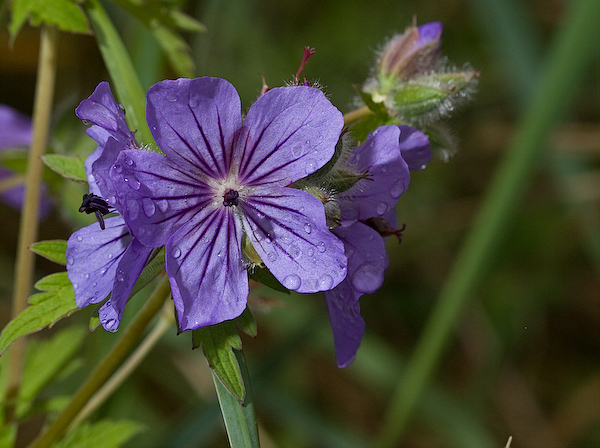
Wild Geranium
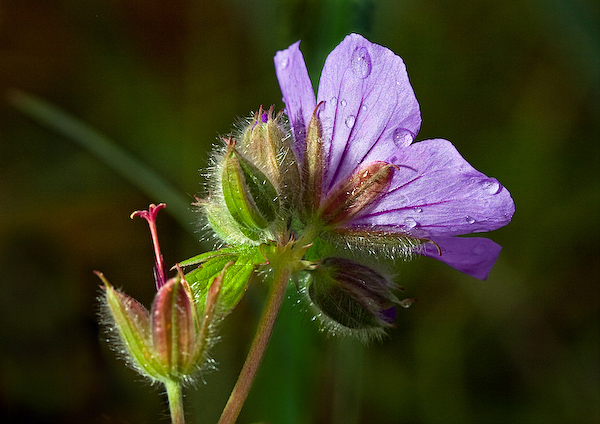
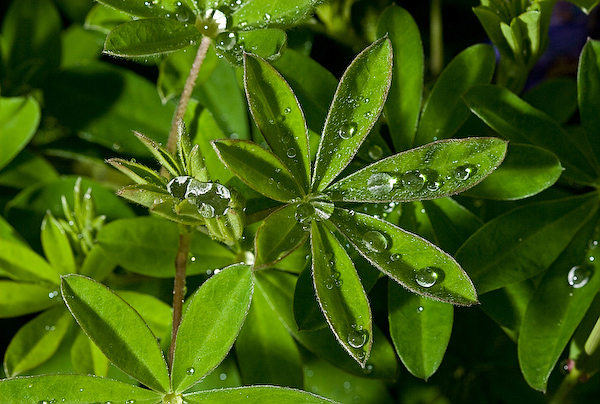
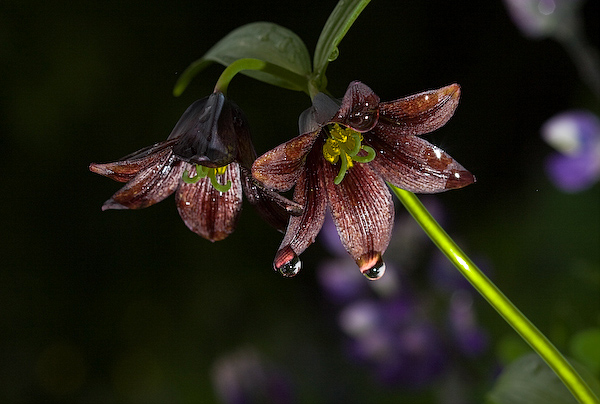
A few more shots of Chocolate Lillies...
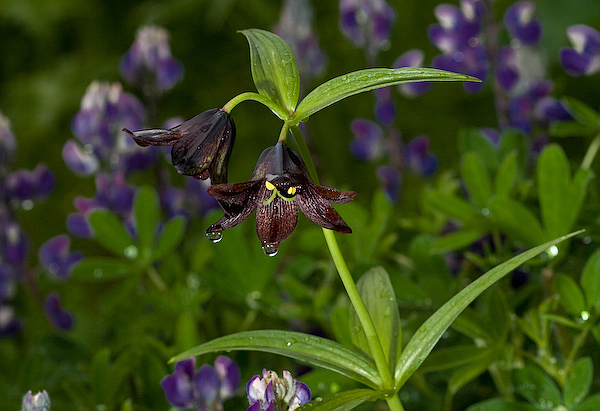
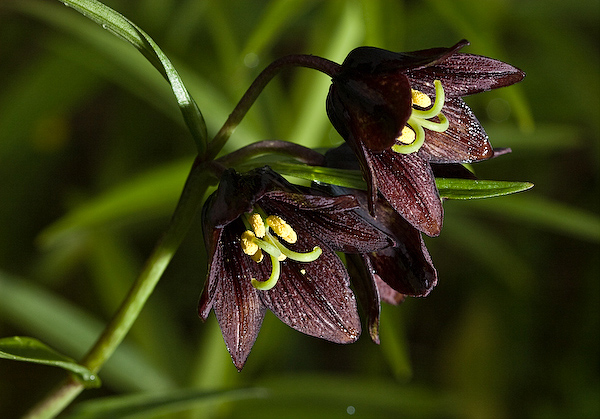
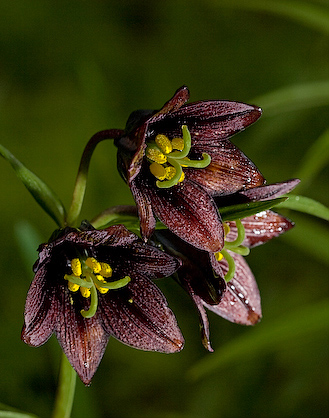
We were surprise to see such a variety of flowers.
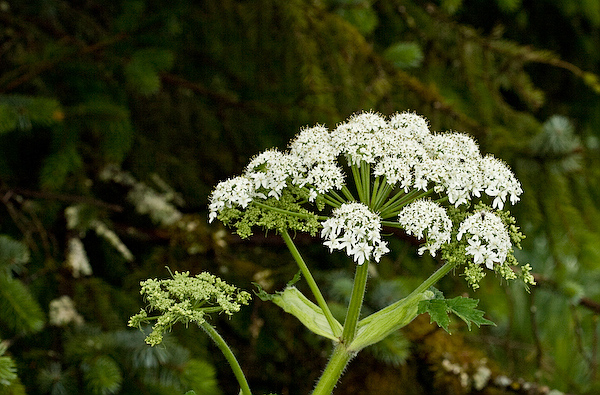
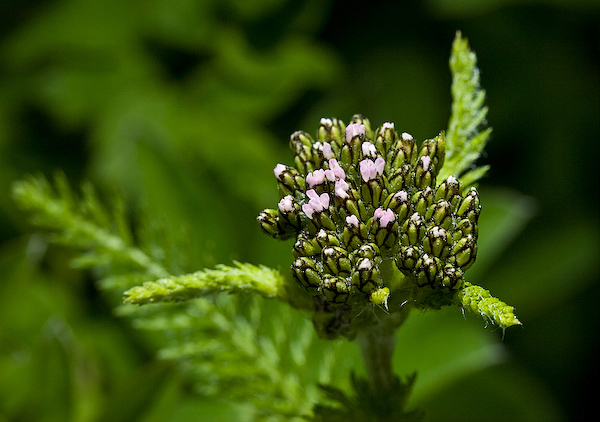
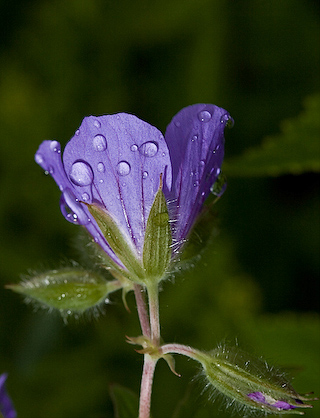
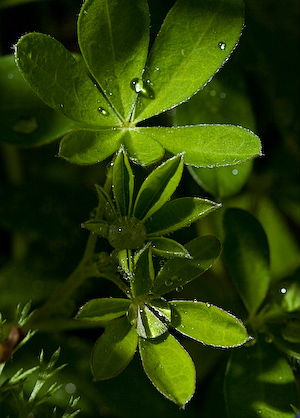
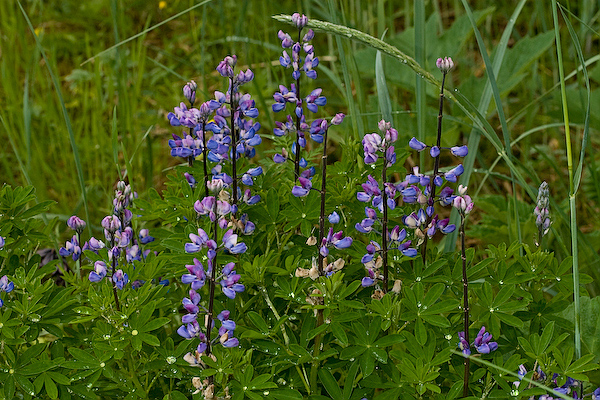
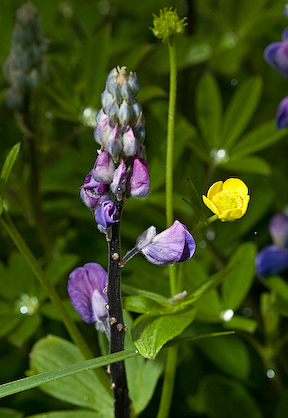
Wild Lupines.
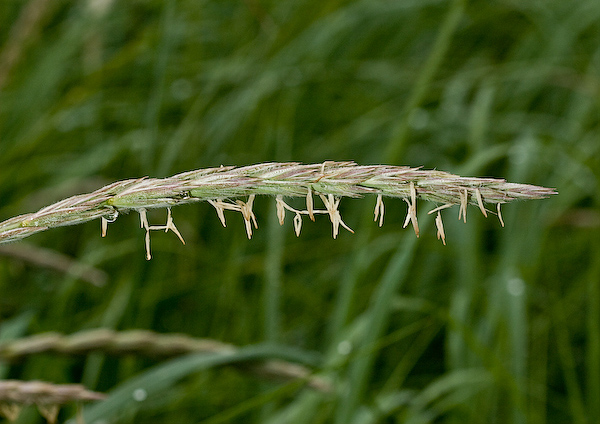
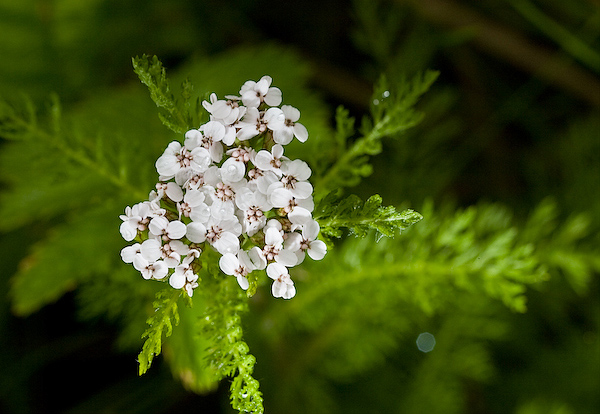
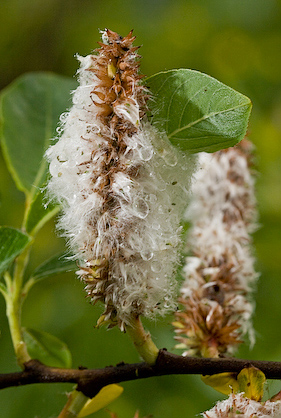
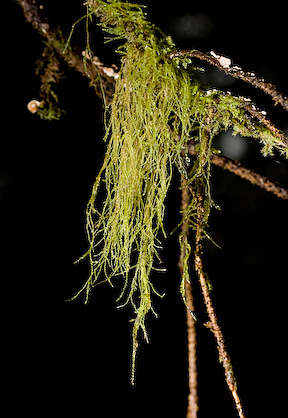
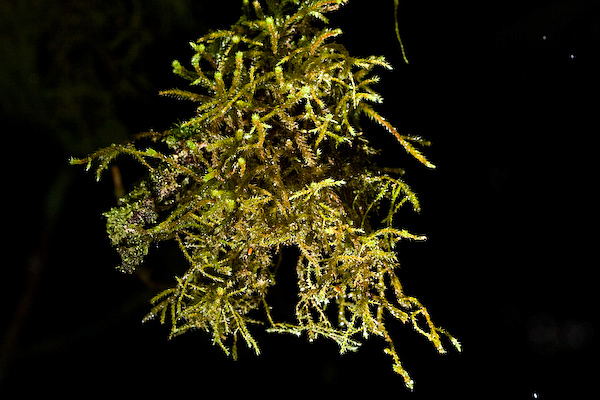
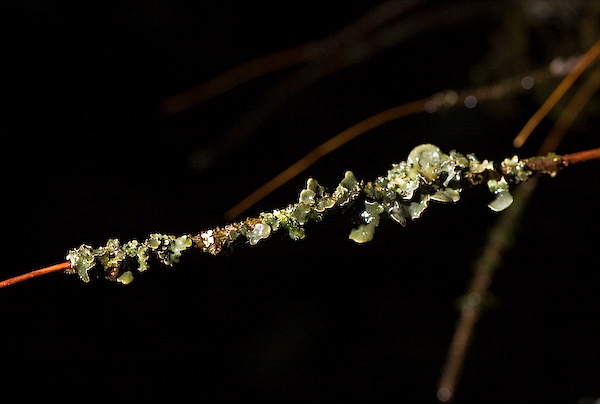
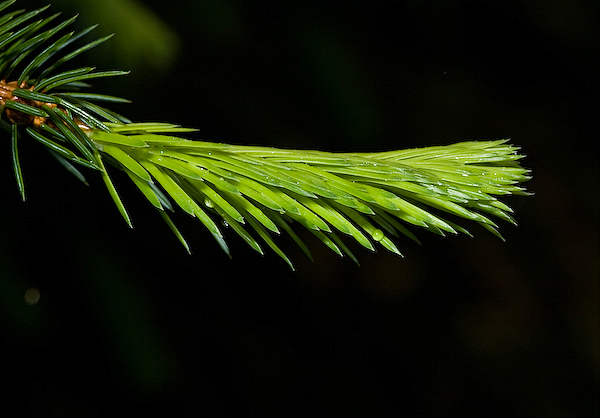
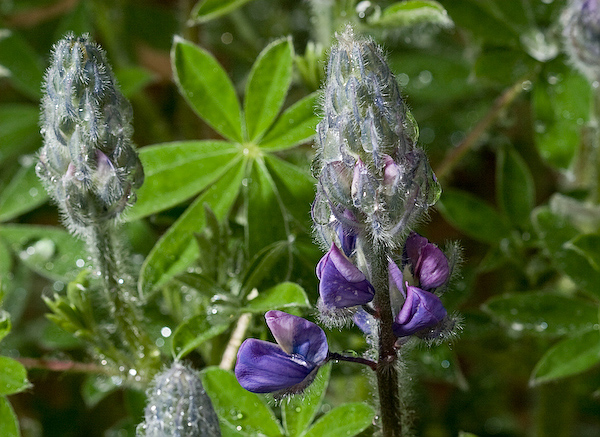
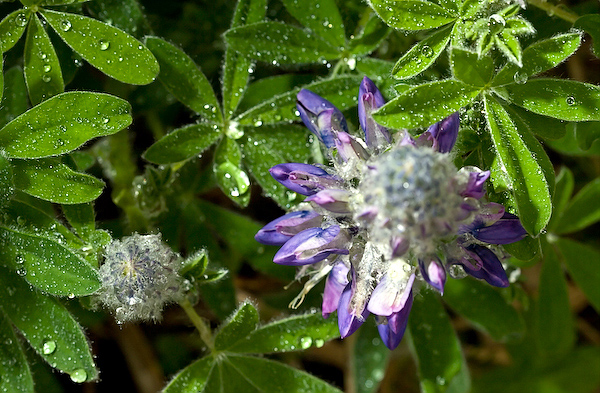
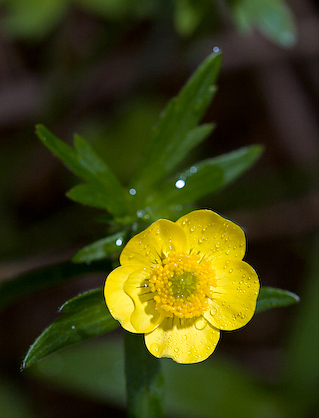
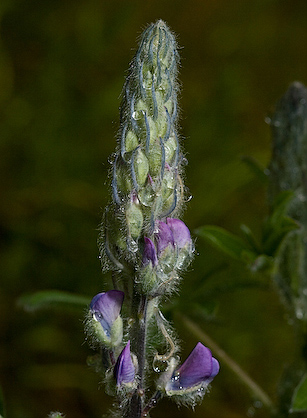
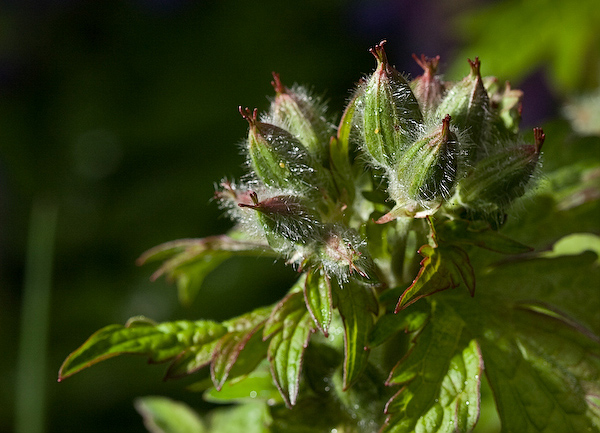
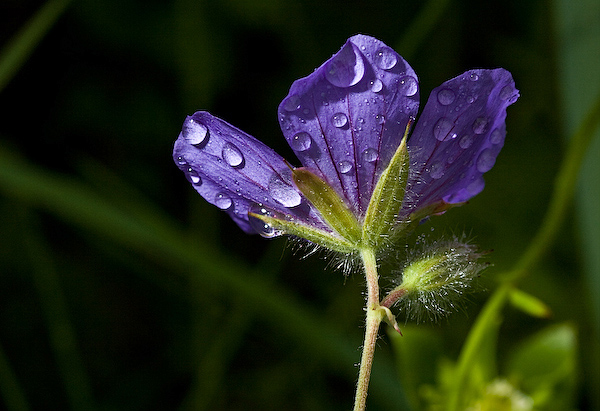
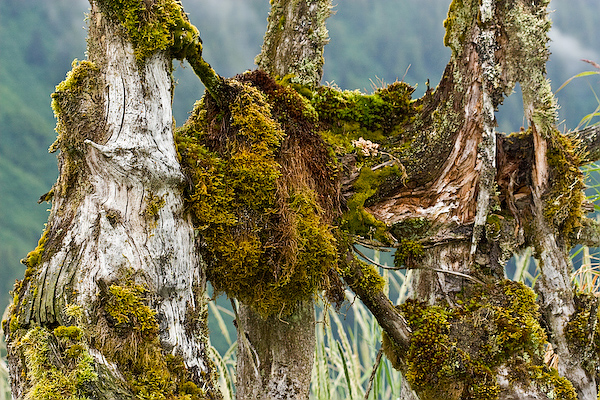
Likens everywhere.
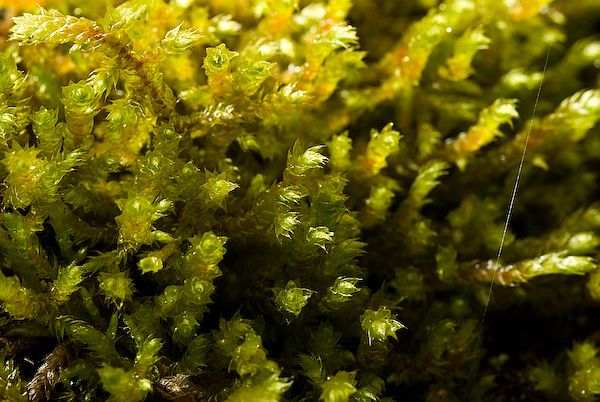
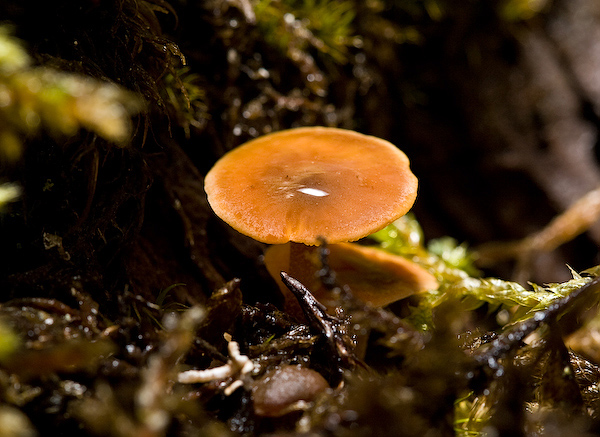
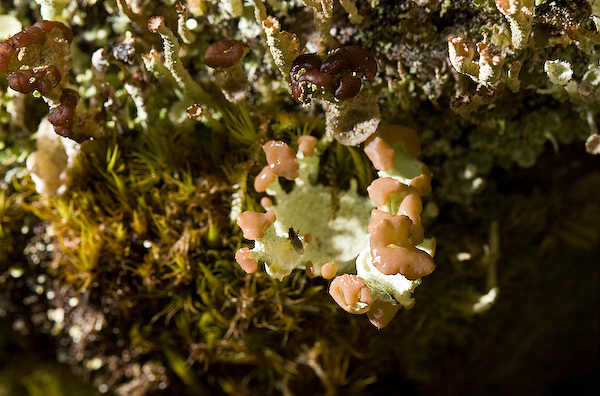
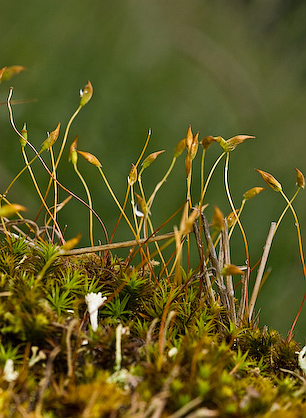 Nature's miniature wonders.
Nature's miniature wonders.
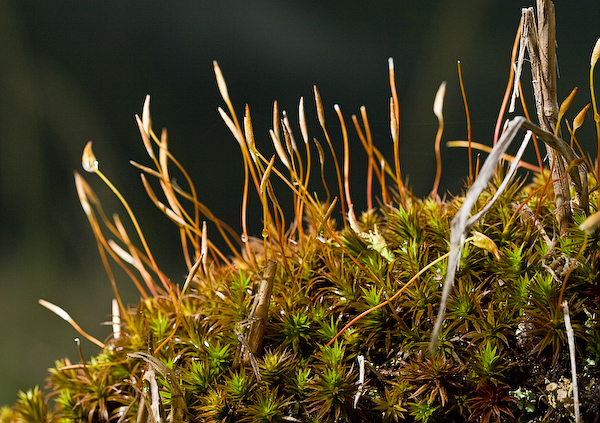
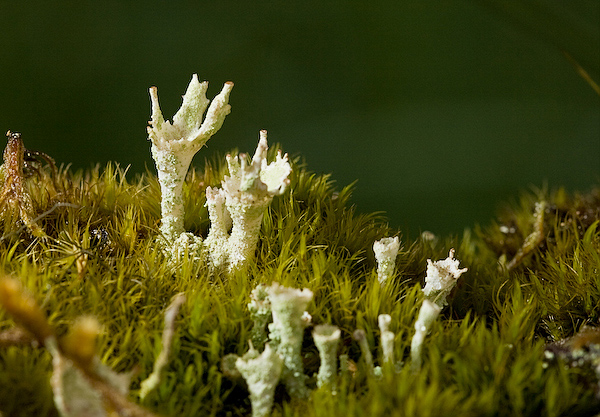
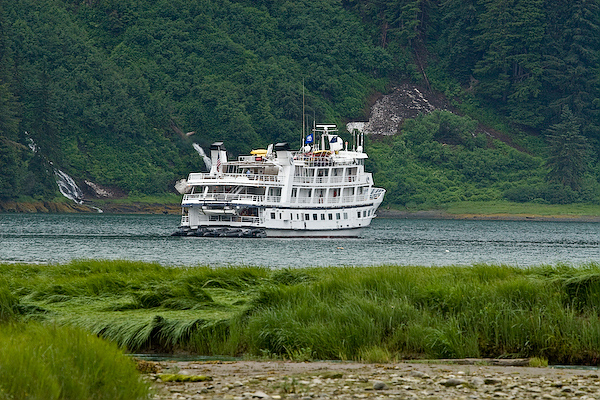
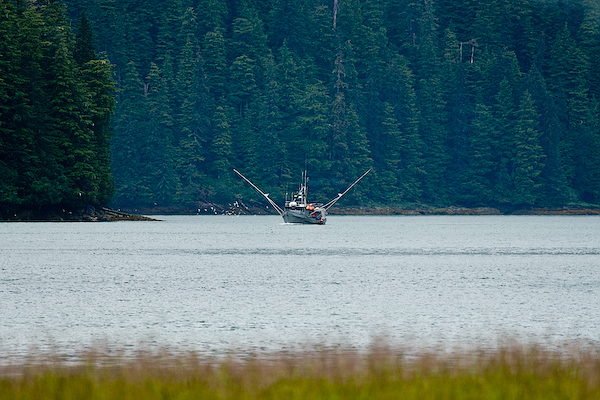
As we leave the bay, a fisher boot enters.
We wish the humpback good bye and return into our cabins to warm up.
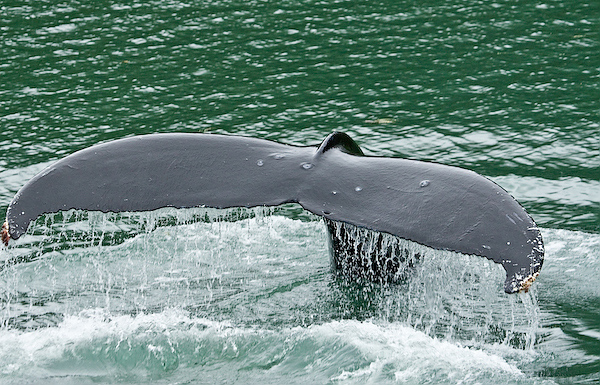
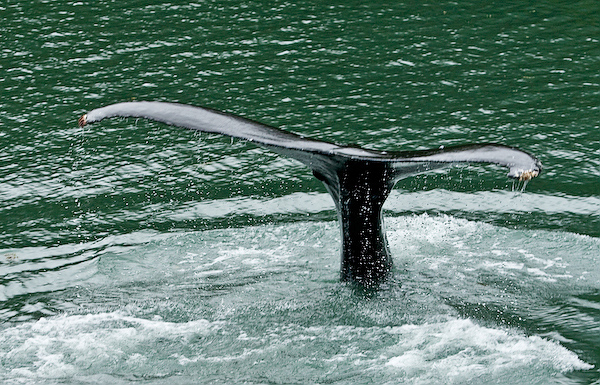
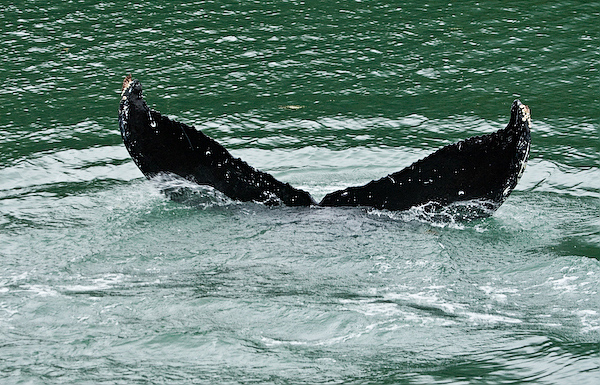
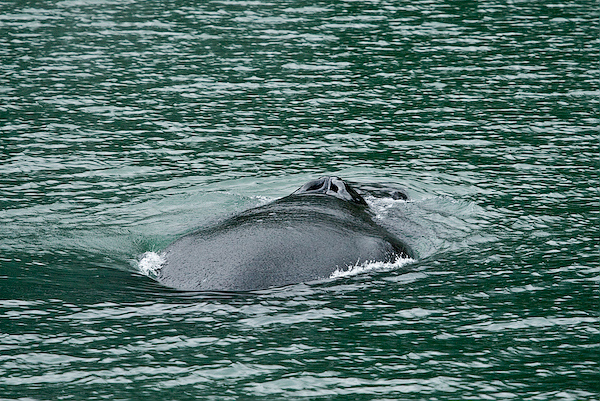
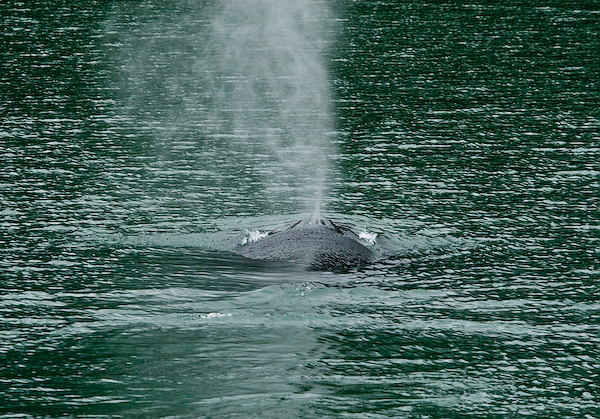
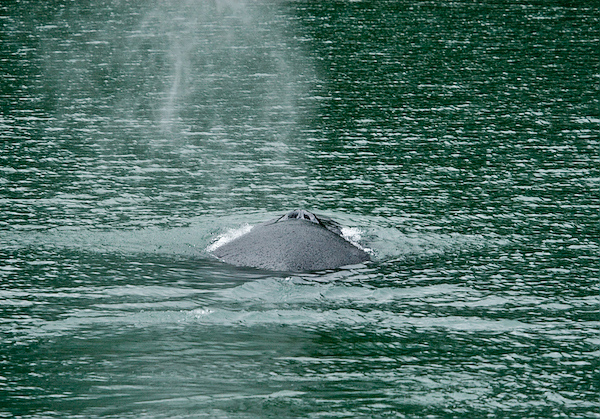
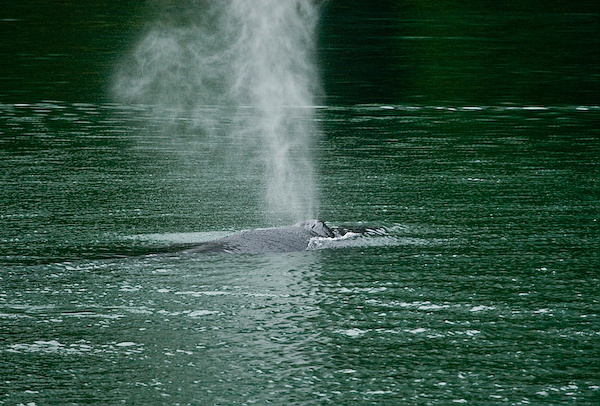
During dinner and after we have left the bay, an announcement is made: A pod of killer whales is spotted.
Everybody stops eating and storms on deck.
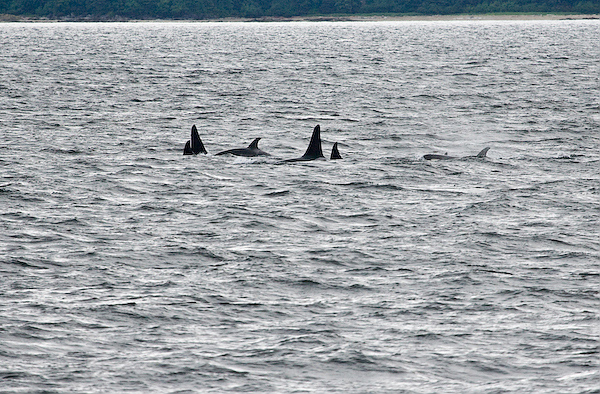
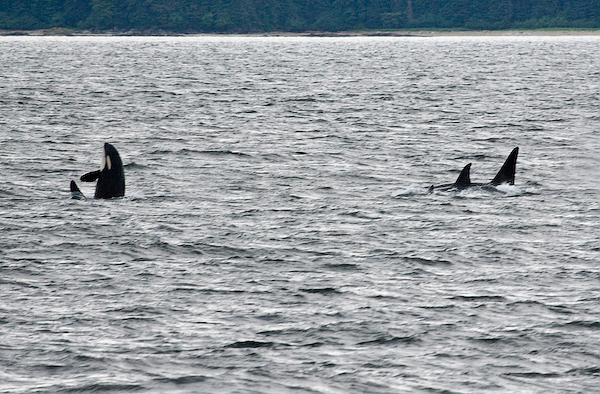
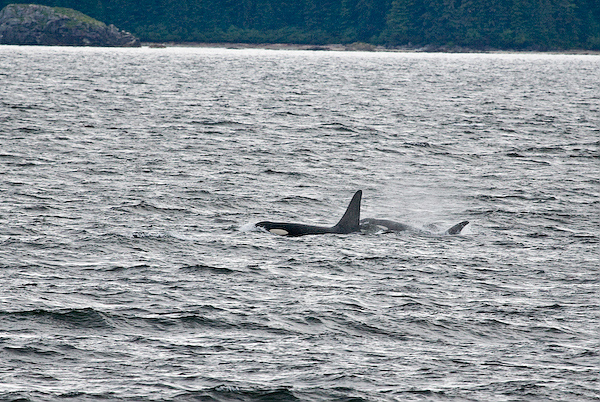
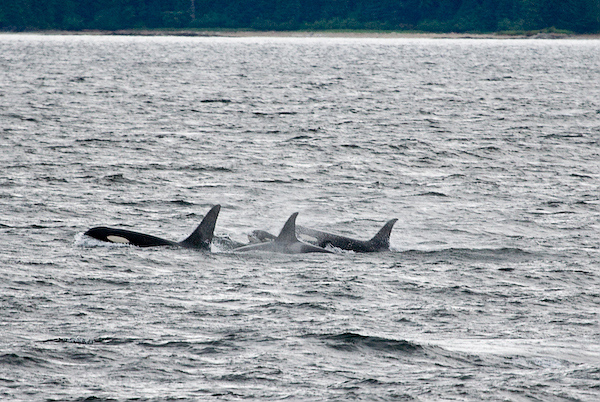
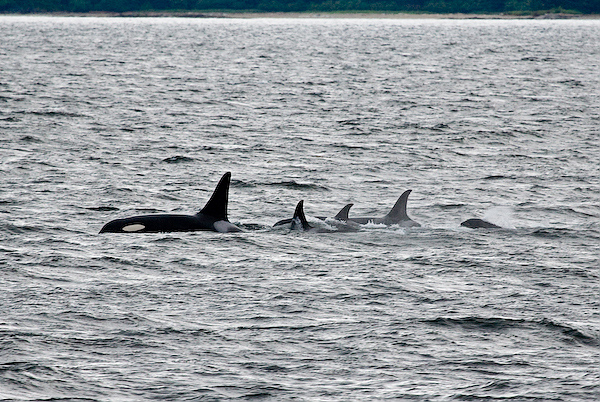
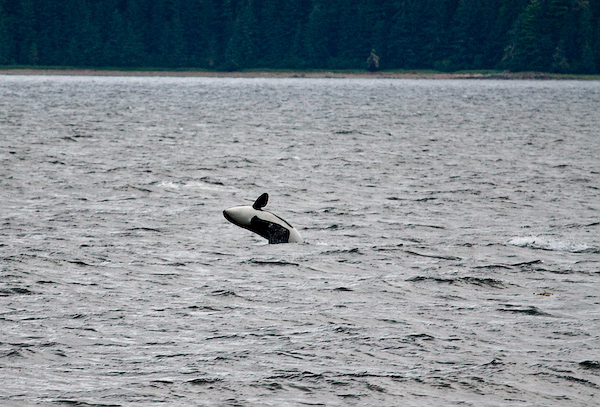
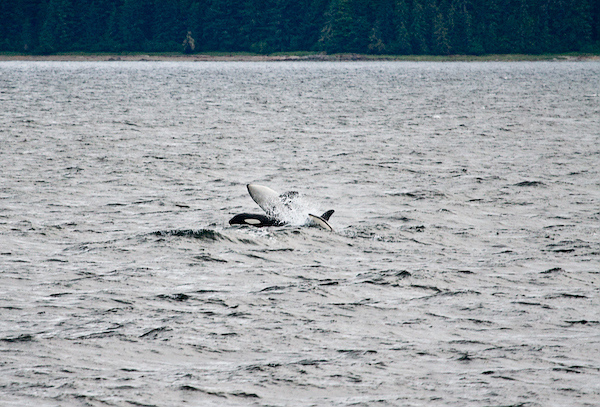
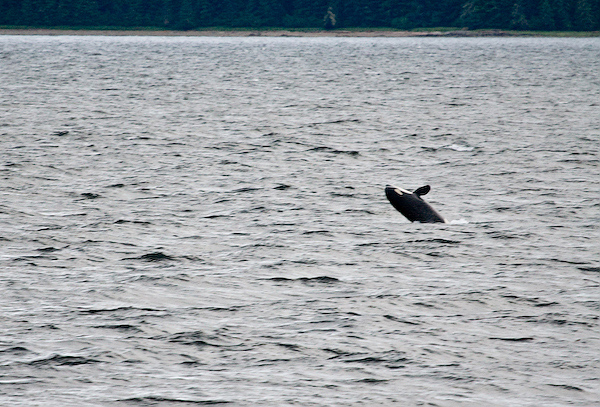
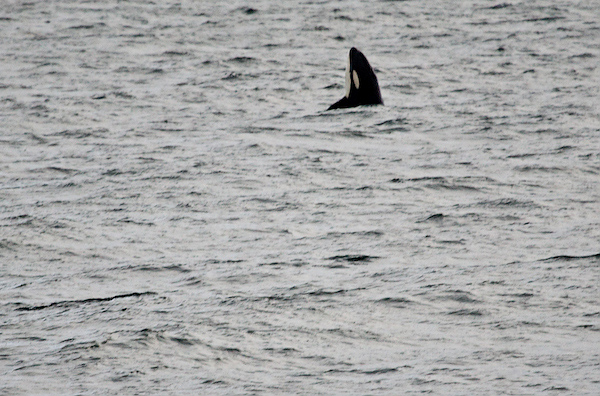
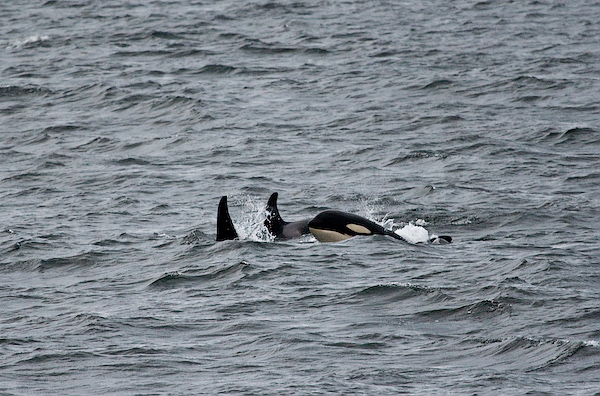
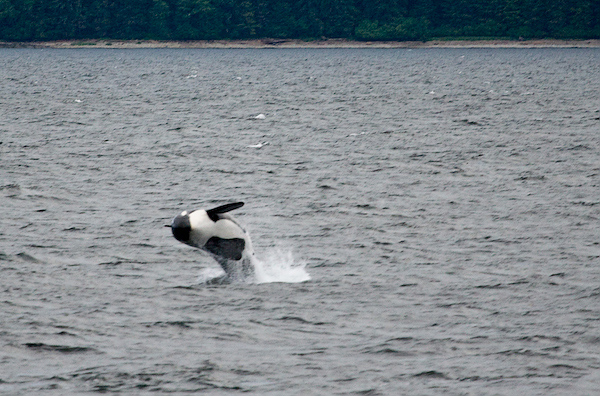
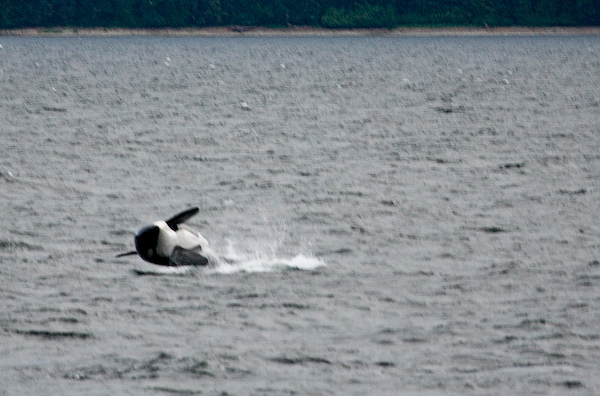
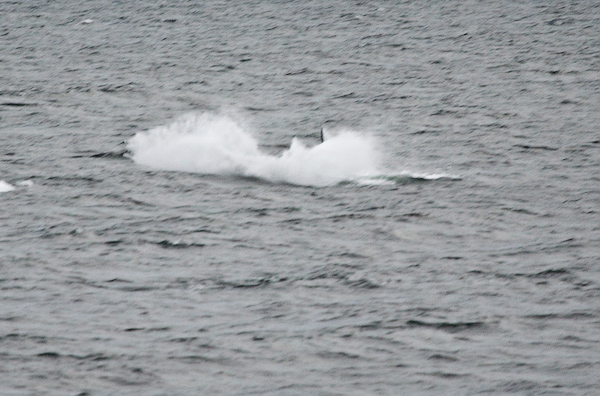
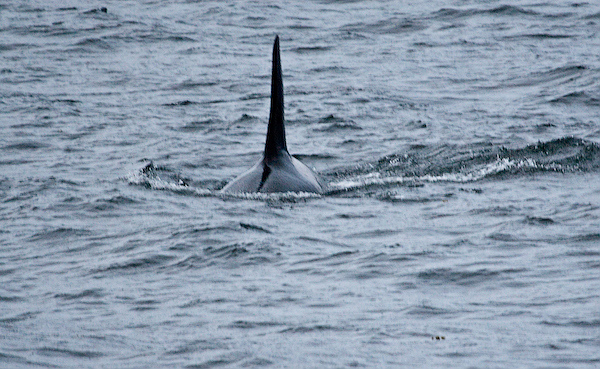
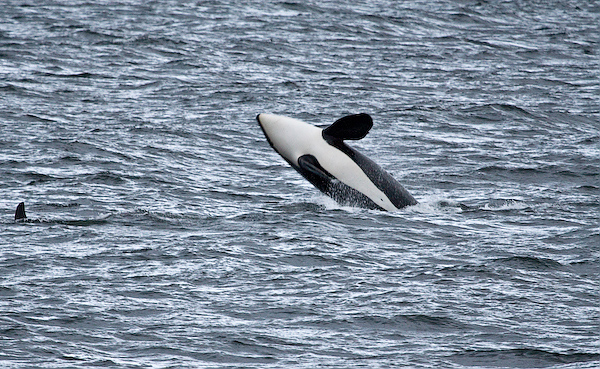
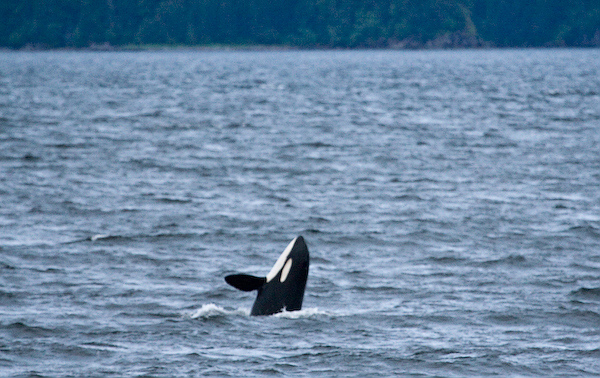
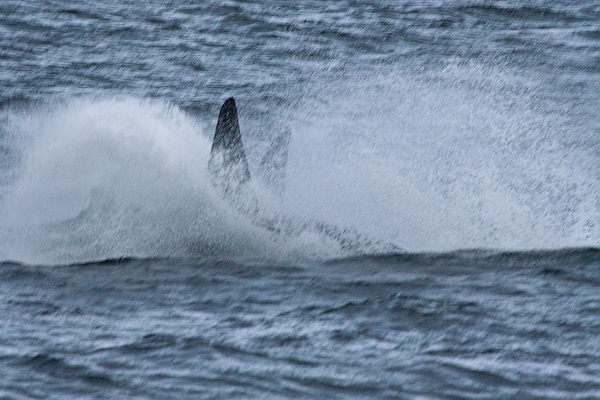
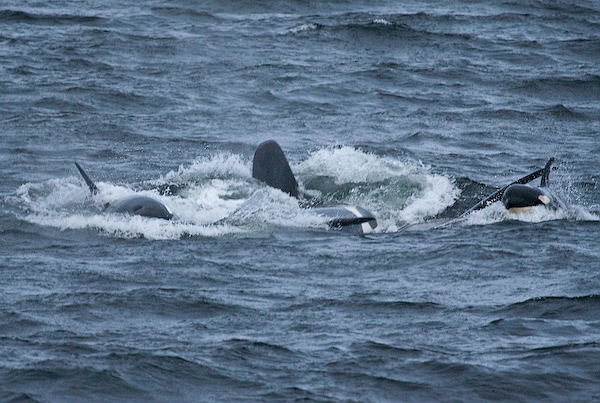
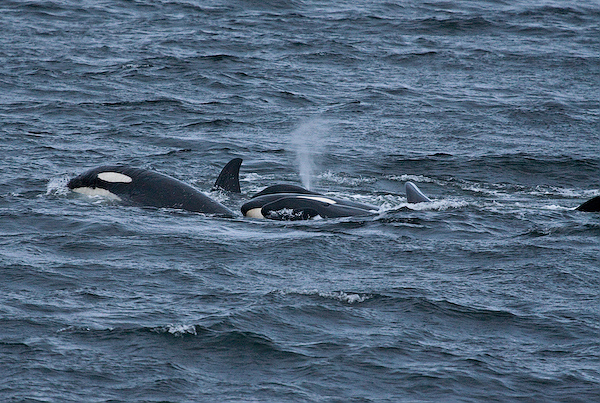
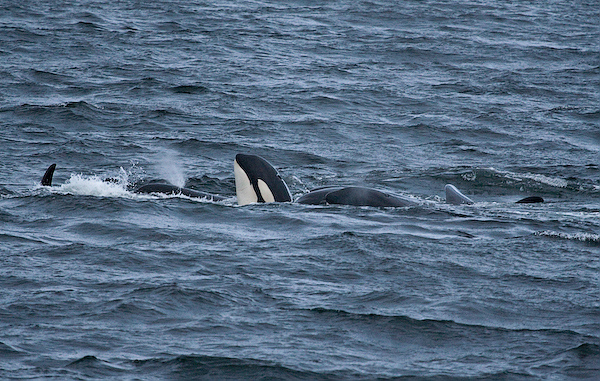
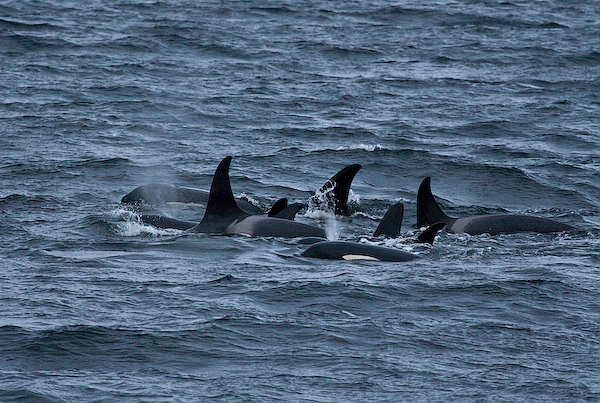
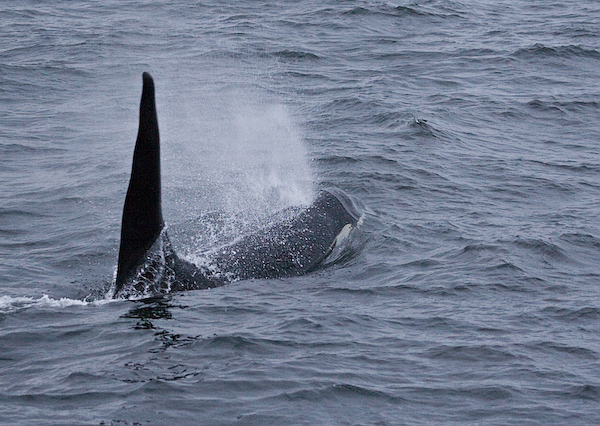
Did you know?
The Tongass National Forest is the largest in the United States, covering nearly 17 million acres.
